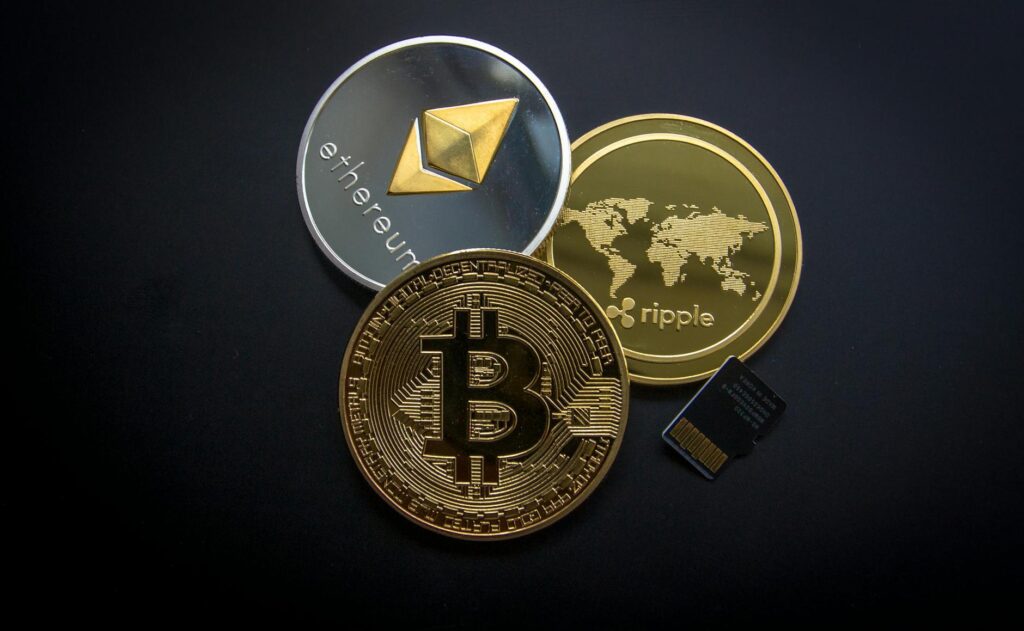The Legal Status and Investment Risks of Wrapper and Synthetic Tokens
The world of decentralized finance (DeFi) is constantly evolving, introducing innovative financial instruments like wrapper and synthetic tokens. These tokens offer exciting opportunities, but also come with their own set of legal uncertainties and investment risks. Navigating this landscape requires a thorough understanding of the technology, the regulatory environment, and the potential pitfalls.
What are Wrapper Tokens?
Imagine wrapping a physical asset, like gold, in a digital package. That’s essentially what a wrapper token does. It represents a real-world asset on a blockchain, making it easier to trade and manage digitally. Think of it as a bridge between traditional finance and the crypto world.
Examples of Wrapper Tokens
- Wrapped Bitcoin (WBTC): WBTC is an ERC-20 token pegged to the value of Bitcoin, allowing Bitcoin holders to participate in DeFi applications on the Ethereum network.
- Wrapped Ether (WETH): WETH is a wrapped version of Ether, used for specific DeFi protocols.
Legal Status of Wrapper Tokens
The legal status of wrapper tokens is still a gray area in many jurisdictions. Are they securities? Commodities? These questions are being debated by regulators worldwide. The underlying asset’s legal status can also influence the wrapper token’s classification. This regulatory uncertainty poses a significant risk for investors.
What are Synthetic Tokens?
Synthetic tokens are like digital mirrors reflecting the value of an asset, without actually owning it. They track the price of an underlying asset, such as a stock, commodity, or even another cryptocurrency, using derivatives and smart contracts. This allows investors to gain exposure to an asset without holding it directly.
How Synthetic Tokens Work
Synthetic tokens rely on oracles to feed price data to smart contracts. These oracles act as data bridges, ensuring the synthetic token’s price accurately reflects the underlying asset’s price. However, oracle manipulation is a potential risk that investors need to be aware of.
Legal Status of Synthetic Tokens
The legal status of synthetic tokens is even more complex than that of wrapper tokens. Their derivative nature raises concerns about market manipulation and systemic risk. Regulators are still trying to understand these instruments and develop appropriate regulatory frameworks.
Investment Risks Associated with Wrapper and Synthetic Tokens
Smart Contract Risks
Both wrapper and synthetic tokens rely heavily on smart contracts. Bugs or vulnerabilities in these contracts can be exploited by hackers, leading to significant financial losses. Remember the DAO hack? It’s a stark reminder of the risks associated with smart contract technology.
Oracle Risks
As mentioned earlier, oracles play a crucial role in the functioning of synthetic tokens. If an oracle is compromised or manipulated, the synthetic token’s price could deviate significantly from the underlying asset’s price, causing substantial losses for investors.
Market Volatility
The cryptocurrency market is inherently volatile. This volatility is amplified in the case of synthetic tokens, which can experience dramatic price swings due to market speculation or manipulation. Wrapper tokens, while generally more stable, are still exposed to the volatility of the underlying asset.
Liquidity Risks
Some wrapper and synthetic tokens may suffer from low liquidity, making it difficult to buy or sell them at a fair price. This can be especially problematic during periods of market turbulence.
Regulatory Risks
As regulatory scrutiny intensifies, the future of wrapper and synthetic tokens remains uncertain. New regulations could impact their use, trading, and even their legality. Staying informed about regulatory developments is crucial for investors.
Mitigating the Risks
- Thorough Research: Before investing, conduct in-depth research on the specific token, the underlying asset, and the platform issuing the token.
- Security Audits: Look for tokens that have undergone independent security audits to minimize smart contract risks.
- Diversification: Don’t put all your eggs in one basket. Diversify your portfolio across different asset classes and token types.
- Risk Management: Implement a robust risk management strategy, including setting stop-loss orders and only investing what you can afford to lose.
- Stay Updated: Keep abreast of regulatory developments and market trends.
Conclusion
Wrapper and synthetic tokens offer innovative ways to access and manage assets in the digital world. However, they also present significant legal and investment risks. By understanding these risks and taking appropriate precautions, investors can make informed decisions and navigate the evolving landscape of DeFi with greater confidence.

Watch this video for a deeper dive into the world of DeFi and synthetic assets:
Disclaimer: This article is for informational purposes only and does not constitute financial advice. Always consult with a qualified financial advisor before making any investment decisions.



 Crypto’s Carbon Footprint: The Real, Nuanced Story
Crypto’s Carbon Footprint: The Real, Nuanced Story  Join a Web3 Community: The Ultimate Networking Guide
Join a Web3 Community: The Ultimate Networking Guide  What Are AMMs? Automated Market Makers Explained Simply
What Are AMMs? Automated Market Makers Explained Simply  NFT Legal Questions Answered: A Simple Guide
NFT Legal Questions Answered: A Simple Guide  Build a Balanced Cryptocurrency Portfolio: A 2024 Guide
Build a Balanced Cryptocurrency Portfolio: A 2024 Guide  Reading Smart Contract Audits: A Beginner’s Guide
Reading Smart Contract Audits: A Beginner’s Guide  Crypto’s Carbon Footprint: The Real, Nuanced Story
Crypto’s Carbon Footprint: The Real, Nuanced Story  Join a Web3 Community: The Ultimate Networking Guide
Join a Web3 Community: The Ultimate Networking Guide  What Are AMMs? Automated Market Makers Explained Simply
What Are AMMs? Automated Market Makers Explained Simply  NFT Legal Questions Answered: A Simple Guide
NFT Legal Questions Answered: A Simple Guide  Build a Balanced Cryptocurrency Portfolio: A 2024 Guide
Build a Balanced Cryptocurrency Portfolio: A 2024 Guide  Reading Smart Contract Audits: A Beginner’s Guide
Reading Smart Contract Audits: A Beginner’s Guide